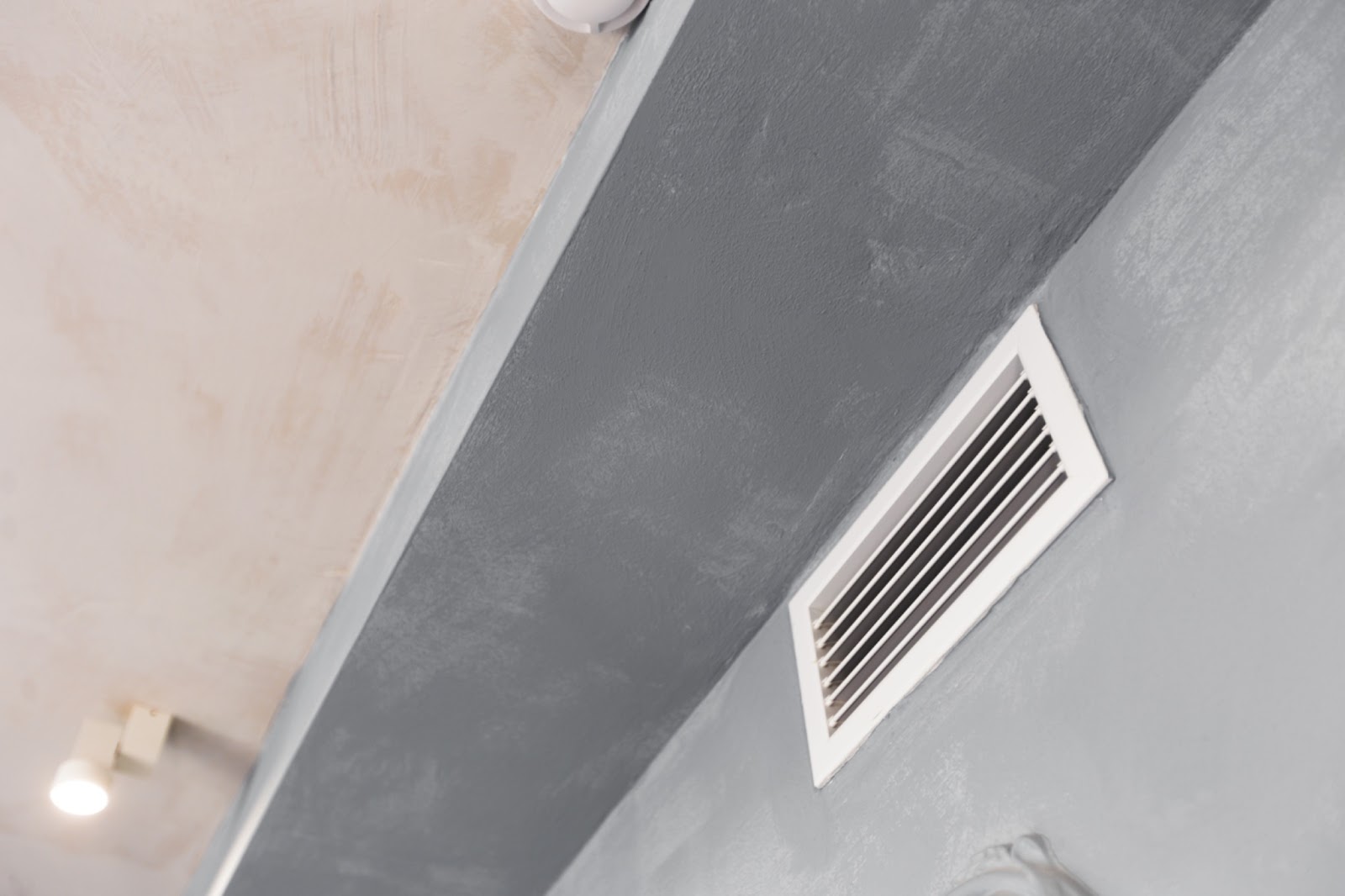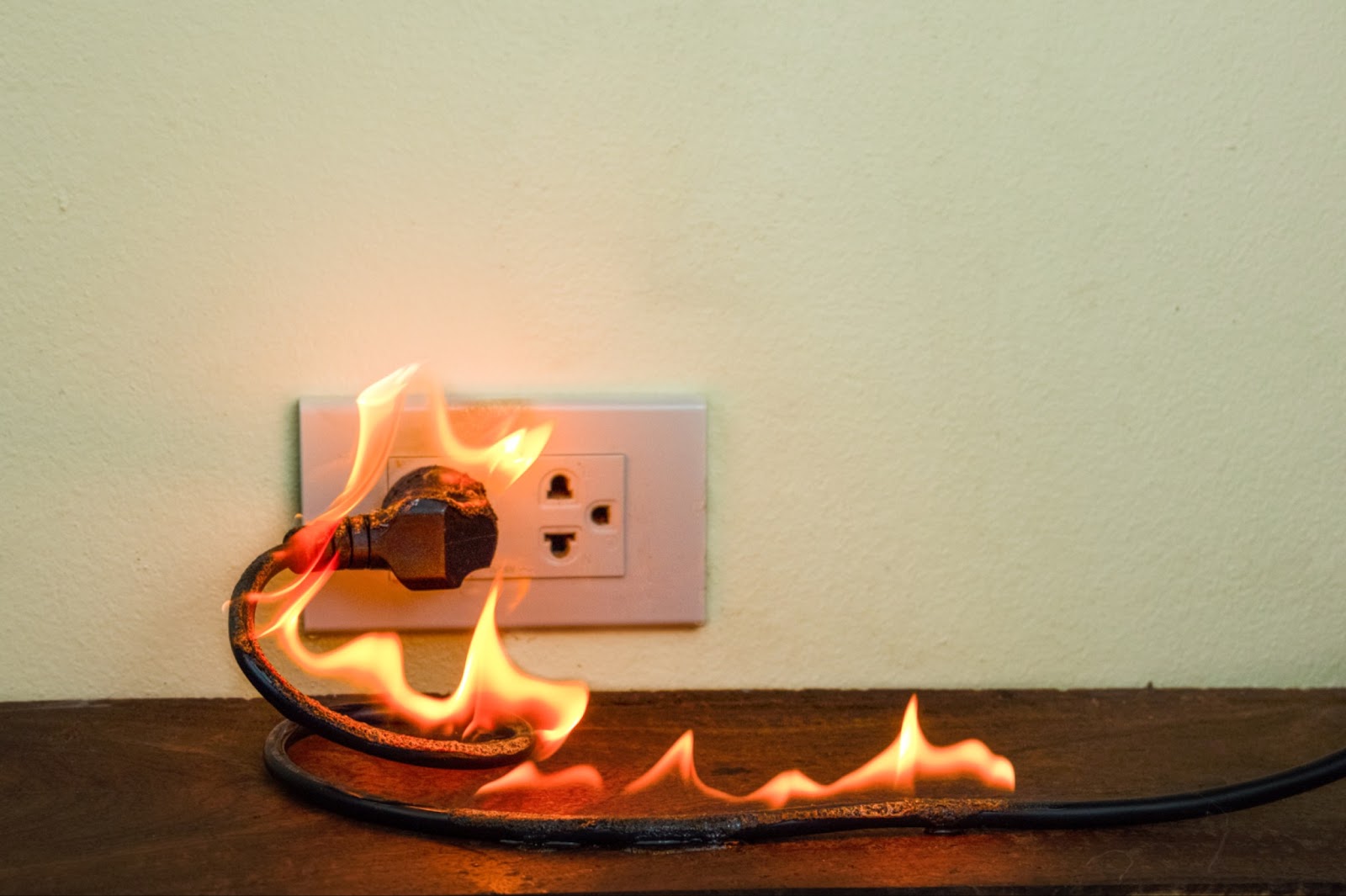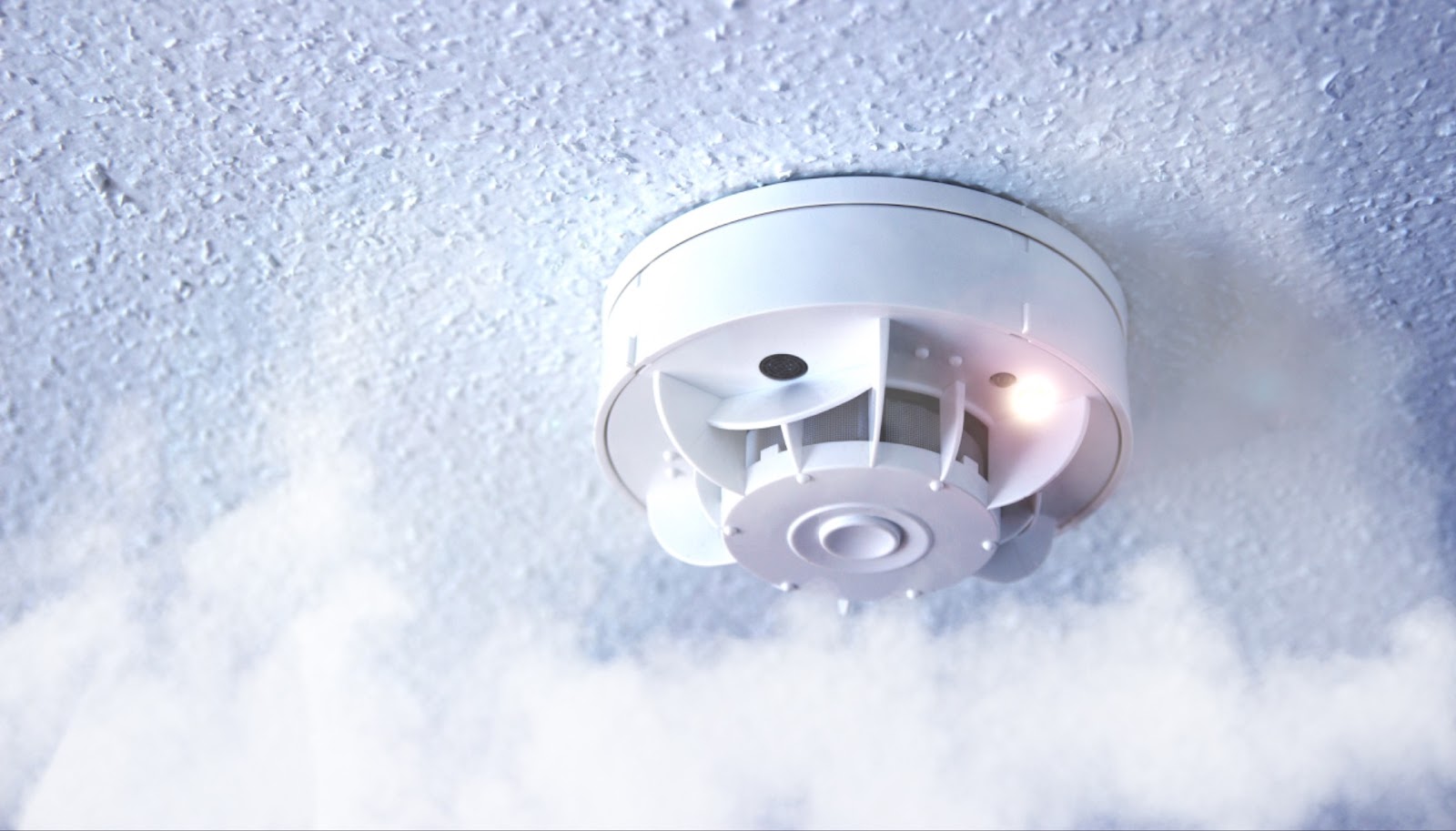When considering safety measures in the home, most people generally frown upon more evident measures for fire safety such as smoke detectors, extinguishers, fire alarm systems, and fire sprinkler systems. Proper ventilation represents an oft-neglected aspect that really puts much into minimising the chances of fires at home. It is not just about keeping up good indoor air quality; rather, ventilation systems also play an important role in controlling fire behaviour and preventing the spread.

The article explains why ventilation is important to fire safety, how it helps, what HVAC products help in this process, and the things one can do as a homeowner to ensure their home is properly ventilated against fires.
Understanding the Role of Ventilation in Fire Safety
The three elements which fires require to become active are oxygen, heat, and fuel. Together, these elements form what is often referred to as the “fire triangle.” Ventilation is important in fire scenarios for allowing different amounts of oxygen to fuel a fire. Ventilation that is too small will lead to a buildup of heat and other gases that could enhance a fire’s development; at the same time, too much ventilation might actually allow more oxygen to reach a fire and spread flames.
In other words, what has to be done is to strike a balance between the necessity for adequate ventilation to remove smoke and toxic fumes, on the one hand, while preventing too generous provisions for ventilation that may themselves feed the fire. It will, therefore, be seen from the above that a good system design in ventilation and proper maintenance at appropriate intervals play a very significant role in controlling these dynamics.
Types of Ventilation Systems: Natural vs. Mechanical

There are the two main major types of ventilation systems: natural and mechanical.
- Natural Ventilation: This is when there is a passage of air in and out of a building with the aid of windows, doors, or specially manufactured vents for the same purpose. In many homes, natural ventilation can be adequate for everyday living. It prevents the buildup of both heat and moisture, which would otherwise lead to discomfort. However, this process may not always be sufficient in the case of fire prevention measures and particularly so in tightly sealed or multi-story houses.
- Mechanical Ventilation: If natural flow is inadequate, mechanical systems—included are fans, ducts, and HVAC systems (heating, ventilation, and air conditioning)—shall be used to control the quality of interior air. Mechanical ventilation provides constant air exchange and may be crucial for smoke and heat removal in case of fire. Such systems require maintenance to ensure that the devices work correctly when they are needed the most.
Why Proper Ventilation is Crucial for Fire Prevention
Several factors make proper ventilation essential for preventing and mitigating fire hazards:
- Reducing Smoke Inhalation: In most cases, smoke is more dangerous than flames during a fire breakout. Proper ventilation removes smoke from the building, hence reducing the potential for inhalation, which may cause serious injuries or death. Smoke contains other toxic gases like carbon monoxide, which might overwhelm the occupants, rendering them incapable of escape.
- Controlling Fire Spread: Ventilation will help in fire spread control by limiting the spread of fires through the removal of heat and smoke in the event of a fire outbreak. Properly installed ventilation systems will avoid the accumulation of hot gases that could ignite, thereby spreading fire to other portions of a building. Inadequate ventilation can cause what is known as a “flashover” effect, when the entire room suddenly ignites from trapped heat.
- Balancing Oxygen Supply: Essentially, a fire needs oxygen to survive. Properly done ventilation systems ensure that oxygen supply is regulated as appropriate, effectively starving a fire of its fuel source. Poor design systems sometimes feed the flames with too much oxygen, which will result in the development of the fire. Proper planning and maintenance of ventilation systems are therefore required.
- Improving Evacuation Routes: The reason for providing effective ventilation is that the way of exit may be kept clear from smoke so that persons inside may have a longer time for safe evacuation. In high buildings, stairways and corridors become filled with smoke in minutes and without good ventilation, evacuation is impossible.
Common Fire Hazards Linked to Poor Ventilation

Several fire hazards are directly related to improper or poorly maintained ventilation systems:
- Grease and Oil Buildup in Kitchens: Kitchens are highly prone to fire hazards resulting from spilled grease and oil, mostly due to inadequate ventilation. The grease particles may accumulate if there is no proper exhaust system to remove the fumes and hence offer a fire risk. A small spark may lead to a major kitchen fire.
- Electrical Overheating: If there is poor ventilation in the areas surrounding electrical equipment, it may overheat; this can cause an electrical fire over time. Proper circulation of air around appliances and electronic devices averts this from happening.
- Flammable Fumes: In places such as garages and workshops, a lot of chemicals and other flammable materials are stored, and ventilation will help spread the fumes out so they won’t accumulate and ignite into a dangerous fire.
Types of HVAC Products for Proper Ventilation
Several HVAC products are specifically designed to ensure proper ventilation and help mitigate fire risks. Some common products include:
- Supply Air Diffusers: These devices help in the uniformity of air within a room in order to ensure a balanced flow, hence effective space ventilation. In this process, they are able to play a very significant role in the prevention of fires through the prevention of heat and smoke accumulation.
- Return/Exhaust Air Grilles: Grilles that would take away air from a room are used to ensure that stale or contaminated air is vented to the outside. This becomes more important if there may be the presence of flammable materials or grease particles, for example, in kitchens or garages.
- Linear Bar Grilles: Linear bar grilles are installed in floors, walls, or ceilings and are utilised to guide air majorly in one direction. In the case of a fire, the tuned grilles help channel smoke in the opposite direction from the escape route and to keep the heat buildup at the lowest point.
- Weatherproof Louvres: Generally fitted to a building’s exterior, louvres admit air without allowing entry of rain and other debris. They may also form part of a fire-resisting barrier by maintaining continuous airflow without risk of failing.
- Supply Registers and Grilles: The supply registers regulate the volume of air that enters a space, while the supply diffusers ensure that the air is appropriately spread. The two devices thus help maintain proper airflow to a space. Consequently, this reduces the risk of overheating caused by fire in case it breaks out or accumulation of smoke in such an instance.
- Exhaust Hoods: These are generally located in kitchens to suck out of the air smoke, grease particles, and moisture. The chances of grease fires are also significantly minimised through the extraction of these fuel sources. Functional exhaust hoods are indispensable for preventing fires with cooking.
Best Practices for Ensuring Proper Ventilation in the Home

Follow these best practices in proper ventilation to protect your home and family from potential fire risks:
- Regular Maintenance of Ventilation Systems: The mechanical ventilation systems shall be periodically checked and maintained in a proper state; it includes, among other things, clogged filters, blocked ducts, and malfunction of fans that ruin air inflow.
- Install Smoke Control Systems: Smoke control and fire sprinkler system should be installed in houses equipped with larger HVAC systems. The systems work in conjunction with built-in ventilation systems that regulate airflow in the event of a fire and send the smoke outside, giving easy exit routes.
- Keep Kitchens Well-Ventilated: Kitchen exhaust fans and range hoods should be in proper working condition. Direct-duct, high-flow exhaust fans have the advantage of exchanging air quickly. In dirty conditions, filters have to be cleaned once a week to avoid a fire hazard from excess grease in the filters.
- Ventilate Attics and Basements: Those are aspects easily overlooked, but turn into some of the major fire risks when not properly taken care of. So, make sure your house’s attic and basement are clear, and their respective ventilation systems are working properly at all costs in trying to deter the build-up of heat and flammable materials inside these areas.
- Ensure Compliance with Fire Safety Regulations: The building ventilation systems shall be designed to meet the requirements of fire safety under the Singapore Civil Defence Force. Professional consultation and frequent house checks should ensure that the same criteria are met in your home.
Conclusion
Ventilation is not only critical to good indoor air quality but also very helpful in both fire prevention and control. So, a well-designed and well-maintained ventilation system using quality HVAC products can protect your family from the devastating consequences a house fire can cause by minimising the potential risks of fire breakouts in your home. While smoke detectors and extinguishers are an integral part of fire safety, good ventilation practices can assist them in setting up a safer living environment. For more information and inquiry regarding fire equipment, contact Firetronics at (+65) 6484 1201.
 Tasselline | Latest Articles By Singaporeans, for Singaporeans Article Site for Singaporeans
Tasselline | Latest Articles By Singaporeans, for Singaporeans Article Site for Singaporeans